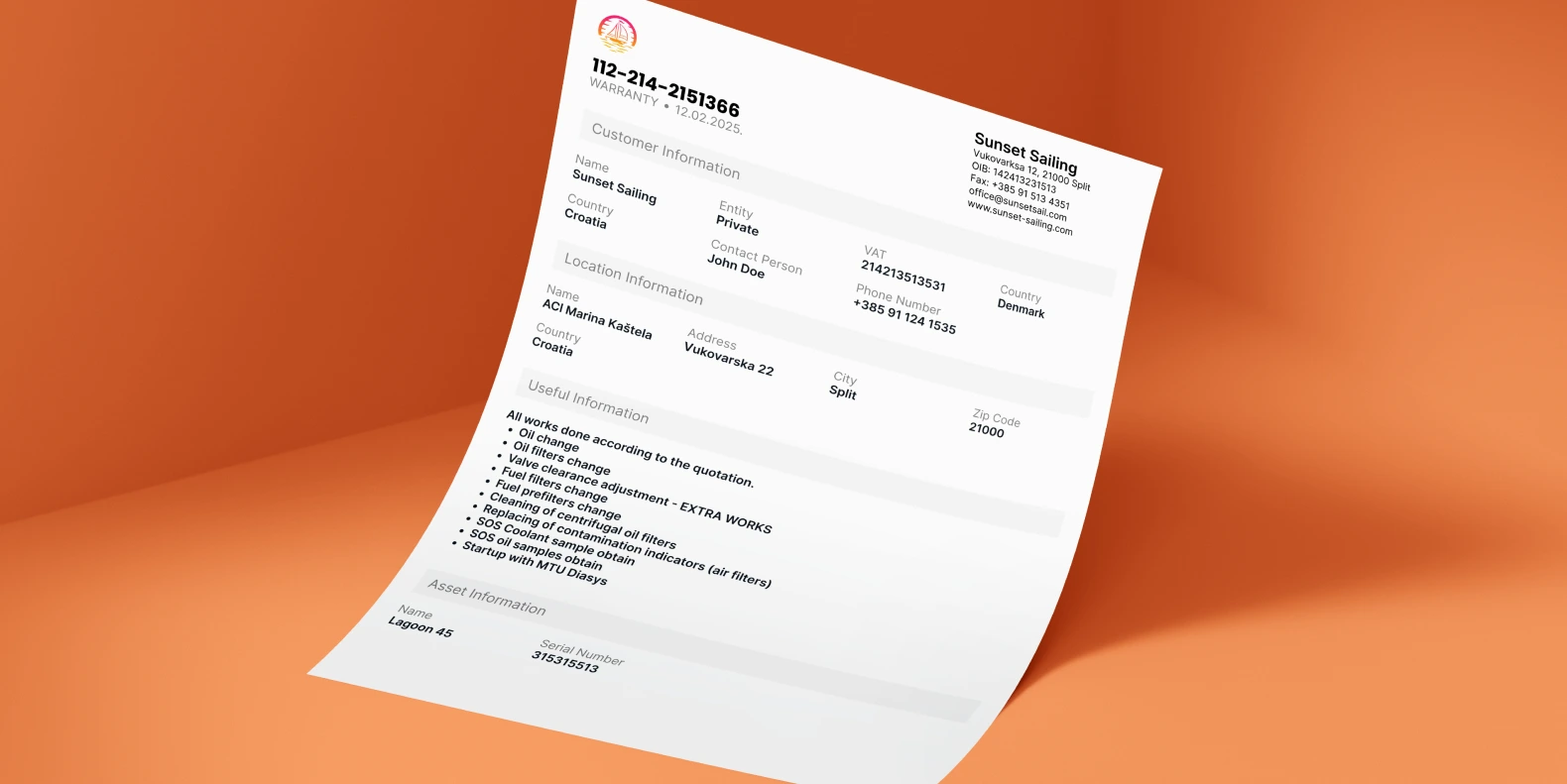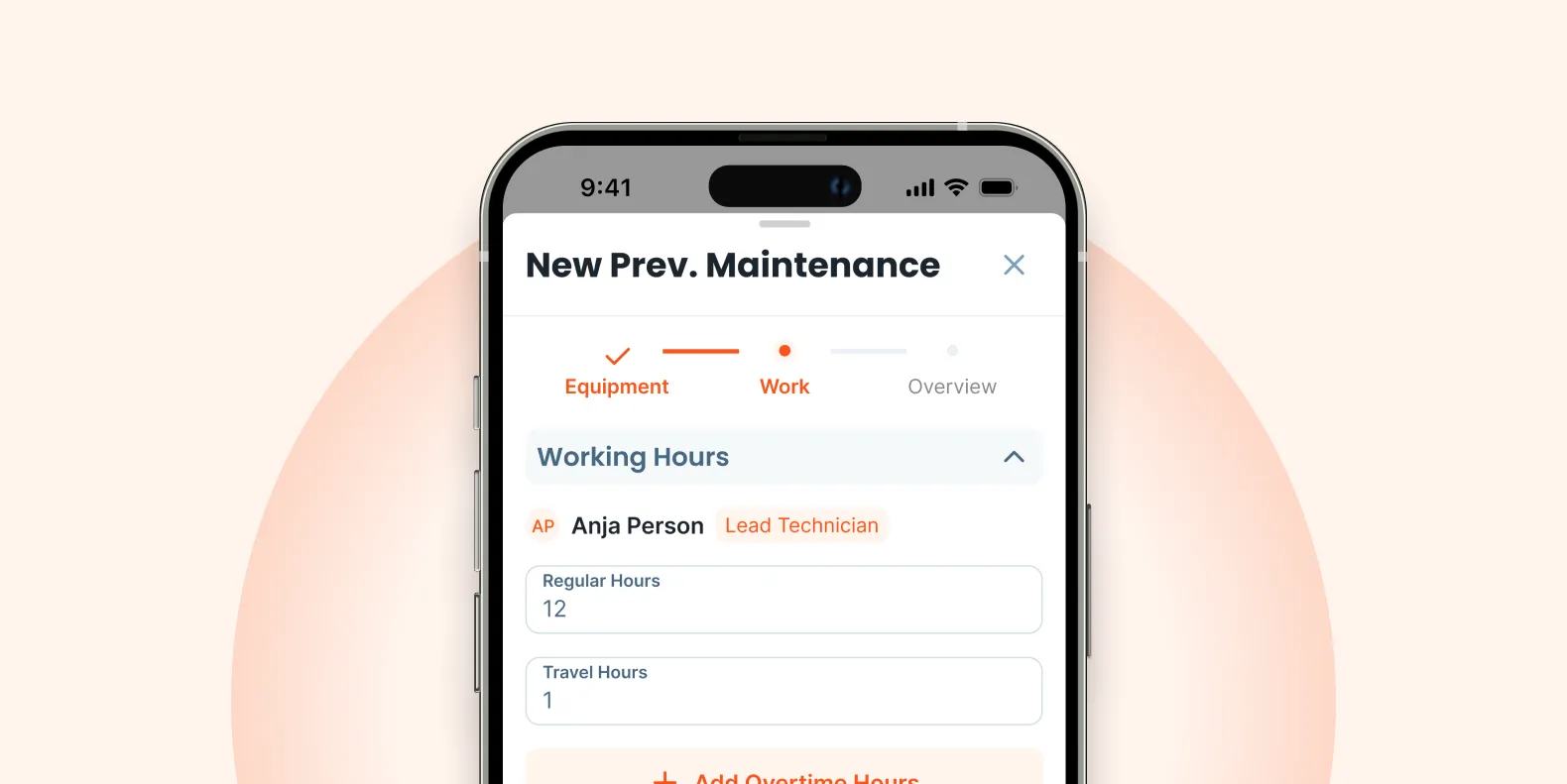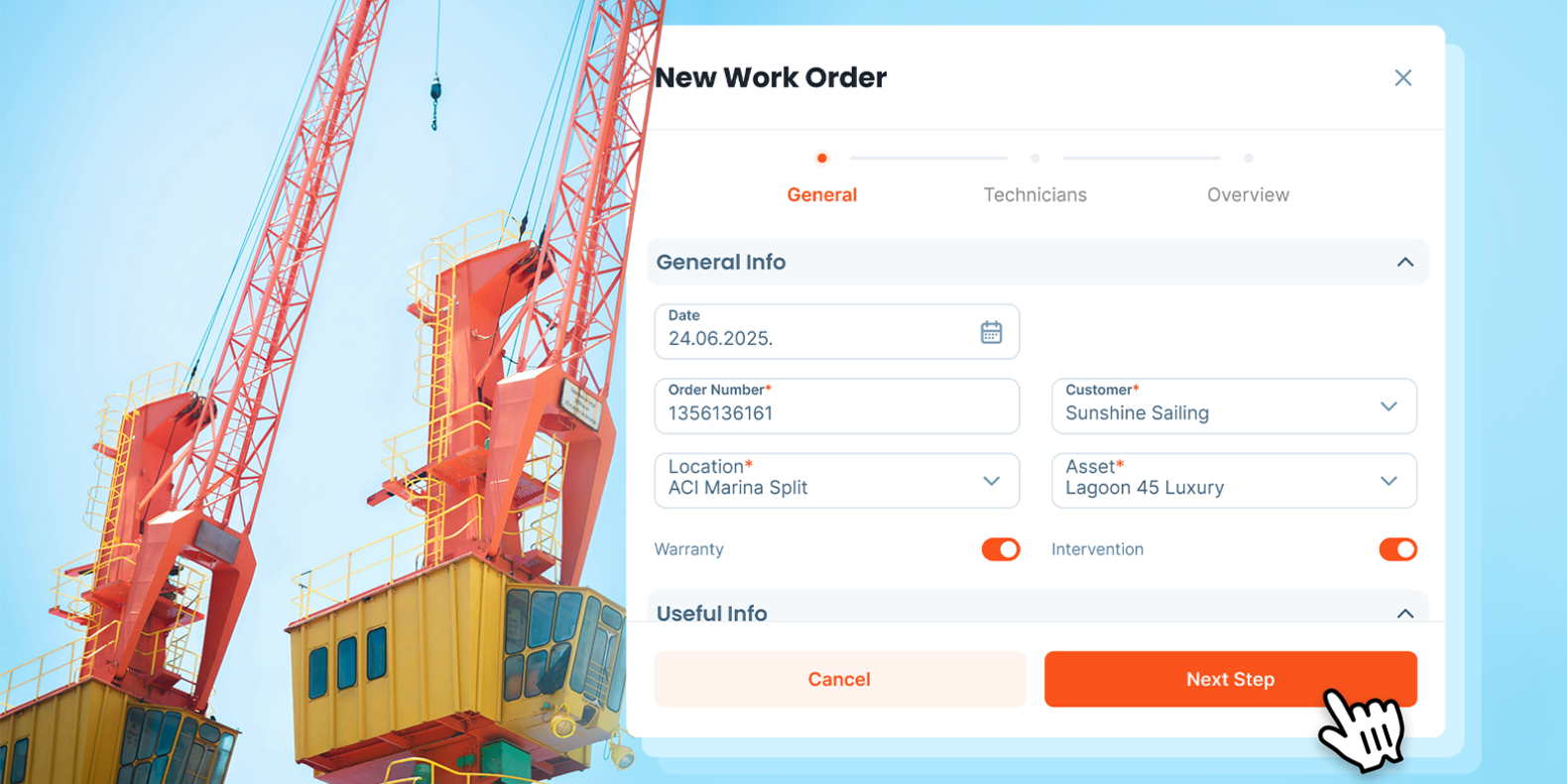Marine
·
6 min read
Yacht Refit in Croatia: Tradition Meets Innovation

Yacht Refit in Croatia: From Tradition to Digital Innovation
Croatia has always been known for its strong shipbuilding tradition. We all remember the big shipyards like Brodosplit, Uljanik, and 3. Maj. But with changing times, the focus of these large shipyards shifted—and that opened space for something new. Right now, there are more than 240 smaller companies running their operations all over the country. Add to that more than 100 firms dedicated to yacht servicing and maintenance, spread across cities like Split, Rijeka, Šibenik, Zadar, Dubrovnik, and islands such as Rab and Murter—and it’s clear the maritime sector still plays a vital role in Croatia’s industry.
Nautical tourism has also been steadily growing, year after year. Last year alone, more than 2,100 people were employed directly in this field. Thanks to our unique coastline and geographic position, boats and the yachting industry are not just a seasonal bonus—they’re a key pillar of the national economy.
Now, while most of us associate yachting and navy tourism with summer—when our islands and bays are crowded with tourists —the real action happens in the off-season, from late autumn to early spring. That’s when vessels like yachts, catamarans, and charter boats are having their “face-lifting process”. They are hauled in for servicing, refits, and maintenance. These aren’t just local boats either—foreign vessels arrive too, and Croatian companies even operate abroad, including in nearby Italy. With over 460 yachts stationed in Croatia and a growing workforce, organizing winter operations has become a real challenge.
The Old Way: Paper Trails and Guesswork

Traditionally, this is how the workflow looked: a manager would assign tasks to technicians—usually by phone or spreadsheet. Workers would head to the boat, do the job, and jot down notes by hand. Photos of the vessel’s condition before and after repairs might get taken… if the worker remembered. These images, along with the completed work orders, were then sent back to the office—sometimes via WhatsApp, other times hand-delivered days later. Occasionally, the worker forgot to get the owner’s signature.
Then came the decoding process. Managers had to make sense of illegible handwriting and missing details. Mistakes crept in. Finance and procurement teams had to guess quantities, cross-reference information, and deal with mismatched costs. There was no real overview, no centralized tracking, and definitely no analytics. Everything took more time than it should have.
The New Way: Enter Servizz

To keep up with modern demands—and avoid the chaos of paper trails—a smarter system was needed. That’s where Servizz comes in.
Servizz is a digital platform designed specifically for yacht refit management, superyacht refit coordination, and shipyard workflow optimization. Think of it as the “medical record” for each vessel. Every boat in service has a complete history—parts used, repair logs, work orders, and high-quality before-and-after photos—all in one place.
Here’s how it works: Managers assign tasks through the app. Workers receive a push notification with job details, including parts lists and instructions. While on the boat, they can upload photos, update the task status in real time, and even generate a digital signature from the client. Once the job is completed, the signed work order is instantly shared with the worker, the client, the manager, and the finance or procurement team.
There’s no paperwork to lose. No handwriting to decipher. No forgotten signatures. Everyone involved has access to the same clear, accurate information—immediately.
Why It Matters

This kind of digital workflow isn't just about making things easier —it’s about performance and boosting efficiency. With Servizz, managers can see which workers are most efficient, which tasks take longer than expected (and analyse why), and which parts are frequently replaced. You get real-time insight into travel costs, repair frequency, and overall team productivity. For businesses managing multiple vessels or servicing clients across multiple marinas, this kind of data is invaluable.
Servizz also solves a major problem in yacht maintenance: transparency. Clients often have no idea what’s happening with their vessel during the off-season. Now, they can receive detailed updates, photos, and signed records for every completed task. It’s a level of clarity that builds trust—and keeps them coming back.
Looking Ahead: Smarter Refit, Stronger Industry
Croatia’s shipbuilding is no longer about big players, but together with the yacht refit industry is evolving. The skill and tradition haven’t gone anywhere —but now, they’re supported by smarter tools and better systems. Platforms like Servizz bring real structure and accountability to what was once a chaotic, paper-heavy process.
In a global market where time is money and details matter, upgrading to digital yacht maintenance software isn’t just a nice-to-have—it’s a must. Whether you’re managing local repairs or leading complex yacht refit project management across regions, having the right shipyard management software can make all the difference.
With the right tools, the Croatian yachting industry isn’t just keeping up—it’s setting the course.












